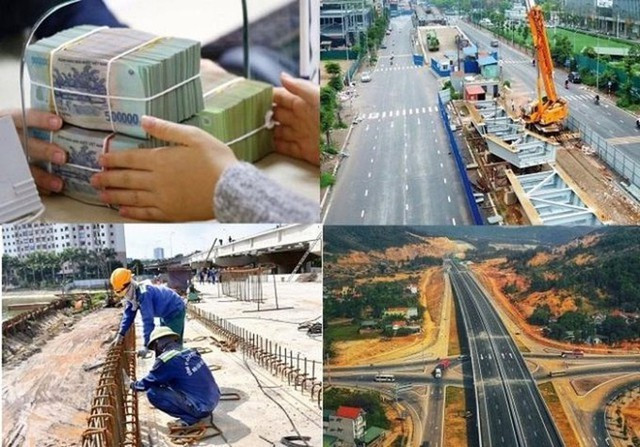 Economy
Economy

 |
| Minister of Industry and Trade Nguyễn Hồng Diên (left) meets with Chinese Minister of Commerce Wang Wentao on the sidelines of the 47th ASEAN Summit in Malaysia on Monday. — Photo moit.gov.vn |
KUALA LUMPUR — Minister of Industry and Trade Nguyễn Hồng Diên met with Chinese Minister of Commerce Wang Wentao in Kuala Lumpur on Monday, on the sidelines of the 47th ASEAN Summit and related meetings, to discuss measures for further boosting bilateral economic and trade relations.
Looking into economic and trade ties, the two ministers agreed on the need to enhance coordination amid complex global and regional economic developments, according to the Vietnamese ministry.
Diên informed that Việt Nam is completing domestic procedures for signing the protocol that upgrades the ASEAN – China Free Trade Area (ACFTA 3.0) as planned. He affirmed Việt Nam’s commitment to working closely with other ASEAN members and China to ensure its effective implementation for the benefit of businesses and citizens.
China remains one of Việt Nam’s most important trading partners, serving as a major export market and a key supplier of materials and goods. In 2024, bilateral trade reached a record high of US$205.2 billion, marking a new milestone.
Việt Nam’s exports to China in the first eight months of 2025 rose 9.2 per cent, up from the 7.1 per cent expansion in the first seven months. Particularly in August, exports recorded a double-digit increase of about 22 per cent year-on-year, reported the Vietnam Trade Office in China.
Việt Nam’s key exports to China include agricultural products such as rice, coffee, cashew nuts and fruits, along with seafood, electronic components, textiles-garment, rubber and crude oil.
Vietnamese farm produce have a strong foothold in the Chinese market thanks to geographical proximity and high consumer demand, with durian, dragon fruit, mango and passion fruit maintaining solid growth.
Meanwhile, Việt Nam imports machinery, industrial equipment, production materials, consumer goods and electronic components from China.
The diverse trade structure allows both countries to leverage their comparative advantages, contributing to shared economic growth. — VNA/VNS




